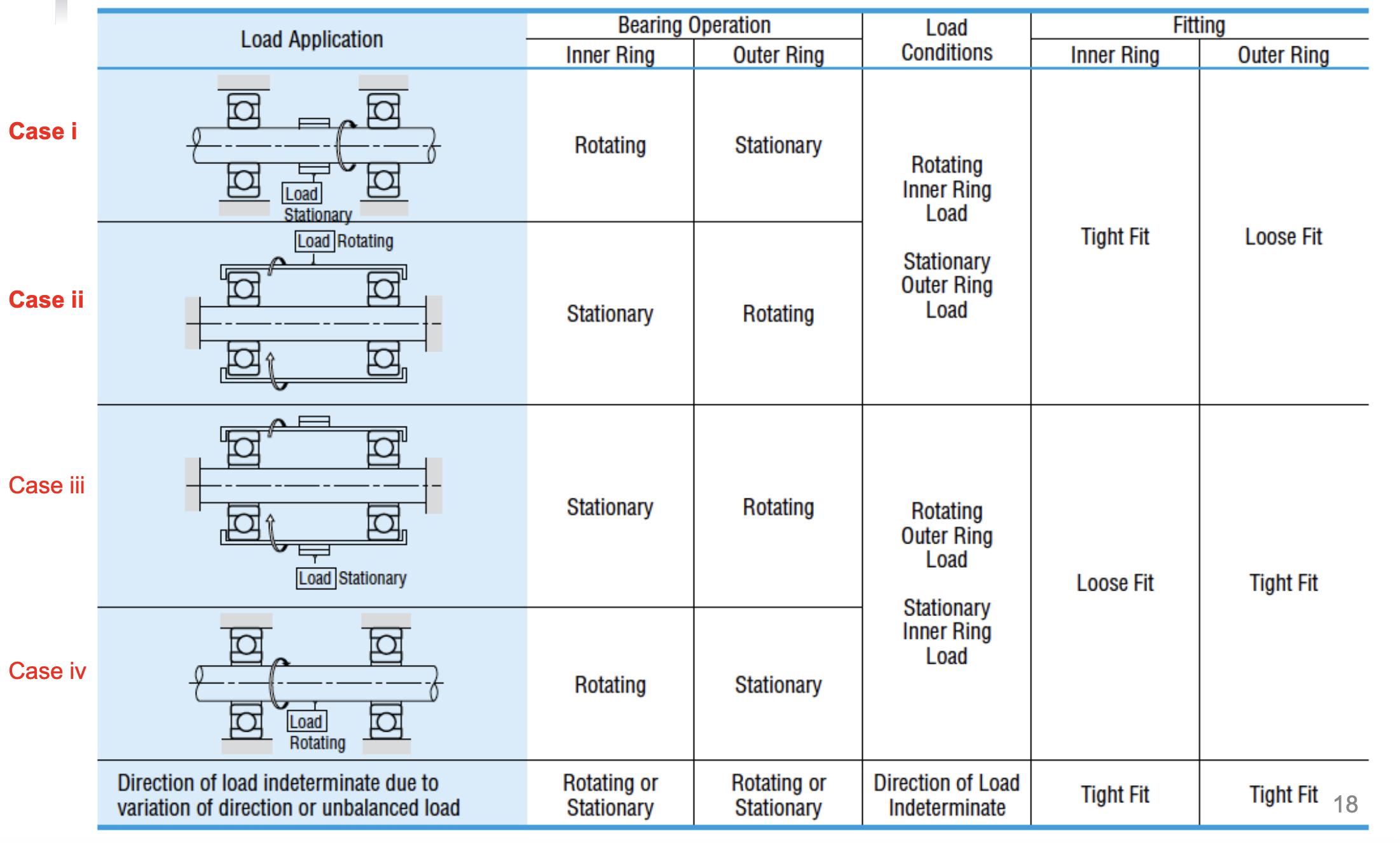Tolerances and Fits
Tolerance and Fit
Tolerance: Permissible deviation of a dimension from the specified basic size
Fit: The relative looseness or tightness (clearance and interference) of mating parts
- Clearance fit: A fit that allows free motion b/w two parts to be mated (loose, running or sliding fit)
- Transition fit: A fit requiring light force to (dis)assemble
- Interference fit: A fit that requires two parts to be pressed together and prevents any relative movement during operation (tight fit)
Blanket Tolerance
If no tolerance is given for a dimension, then the blanket tolerance applies. This is blanketed based on the amount of significant digits given by the dimension
We also have unidirectional or bi-directional tolerances which specify the direction in which a tolerance applies…
International Tolerance Grade
- A system of standardized tolerances divided into two categories: hole and shaft
- Labelled with a letter (upper case for hole, lower case for shaft) and a number which is the grade number
Fundamental Deviation
- For an example: p6…
- p is the starting deviation from nominal
- If in our box plot, we are above 0, then our shaft is oversized
- The 6 tells us the IT band or how much we can deviate in total from the nominal size
- From A (hole) to H (shaft) (going down left to right), “+”ve means housing “hole” is larger with more clearance
General Rules for Bearing Fits
Note
The load is applied to the shaft

Case 1
- Inner ring rotating w/ stationary load on inner ring
- Load circles around inner ring, but is concentrated at a single point for the outer ring
Case 2
Hint
This is the case for our project
- Outer ring rotating w/ rotating load on outer ring
- Load is concentrated at a single point for the outer ring, but circles around inner ring
- Shaft is not rotating
Case 3
- Shaft is stationary but the housing is rotating
- The housing is rotating so the outer ring is rotating and sees the load as rotating
- The inner ring is stationary and sees the load as stationary
- Load circles around outer ring, but is concentrated at a single point for the inner ring
Case 4
- Inner ring rotating w/ rotating load on inner ring
- Load is concentrated at a single point for the inner ring, but circles around outer ring
Summary on Bearing Fitting
- The inner ring always moves with the shaft and the outer ring always moves with the housing regardless of their fits
- In usual (nominal) situations, either inner ring or outer ring has tight-fit while the other has loose-fit
- The one that gets a dynamic load circling around its circumference is to be tight-fitted
- Once the fit is determined, the specific tolerance can be found following the guidelines provided in the bearing catalogue (usually specified in IT grade)
Examples
- Gears, chain sprockets, belt pulleys are usually assembled with modest clearance fit with respect to the shaft for easy assembly
- Small turbines usually needs interference fit with respect to shaft to eliminate any looseness that can cause vibrations at high speeds
- Bearings usually, either inner ring (w/ shaft) or outer ring (w/ housing) is interference fit (with the other ring clearance fit)